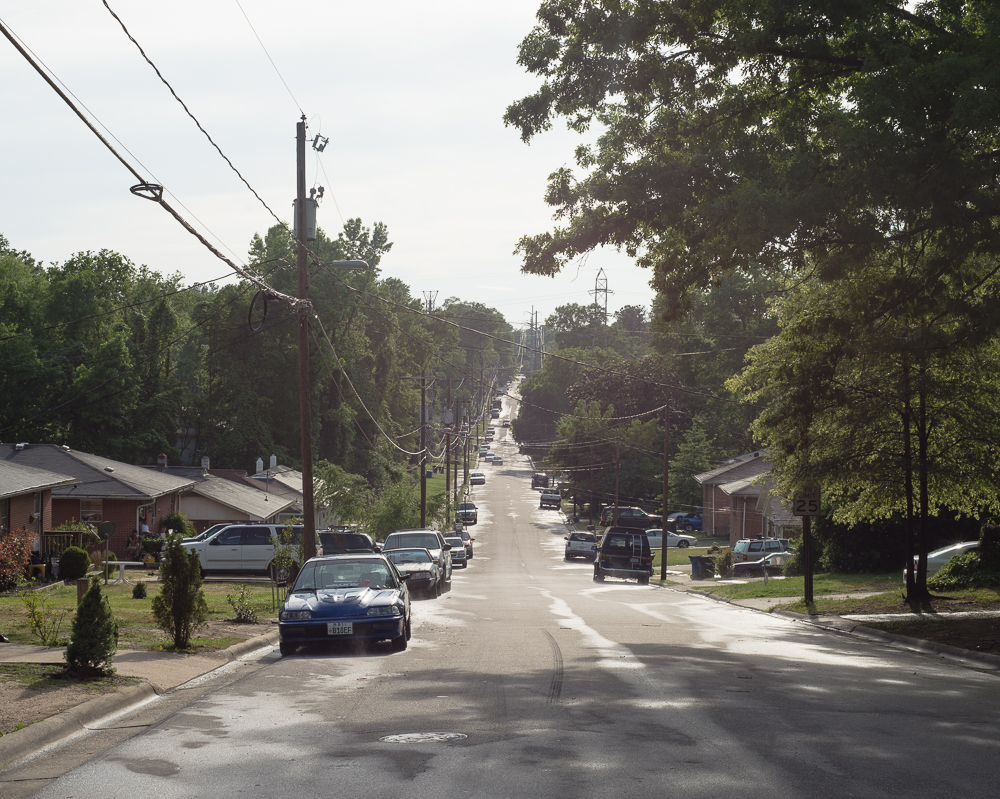Ward Long: Stranger Come Home
Photographer Ward Long and I had a lively conversation at the 2017 Photo Alliance One World Portfolio Reviews and we discovered that we share similar terrain, as Ward grew up just blocks from where I live in Los Angeles. He brought a variety of well crafted zines and a portfolio of narrative prints from his series, Stranger Come Home, describing a period in his life where he was searching for the fragile space, both internal and external, where love and home exist. The work speaks to memory and the cataloguing of small moments and tableaus of every day life, that combine into a sense of life lived, leaving spaces for new histories to be written.
Ward Long is a photographer from Los Angeles, California. Working in his home state and the American South, his pictures describe loss, people, and landscape with literary precision and cinematic sequencing. His photographs treat light as revelation, and blend a documentary approach with personal storytelling. Making books by hand, his work twists text, image, and craftinto strands of poetic narrative. He graduated from the Photography MFA program at the University of Hartford in 2015, where he studied with Alec Soth, Mark Steinmetz, and Doug Dubois.
Stranger Come Home longs for steady love and looks at how the unlived life haunts the everyday. In the aftermath of a breakup, I sold all of my furniture, shoved everything else in storage, and left the place I used to live. I ran for months on end; I visited my parents on one coast, old friends on another, and moved ten times. I missed the old apartment, how every book on the shelf stood for the life we shared. Staring at my parents’ houseplants, or a friend’s kitchen sink, I saw signs of settled comfort and felt sick. I asked my parents how they made love stay, and we talked for a long time. I worried about them too.
Shot over the course of two years, the pictures in Stranger Come Home attempt to create a place where all losses are recovered and everything belongs. Drawing on my own experience along with family stories of love and loss, this body of work envisions an idealized domesticity, and observes how that imagined world shadows everyday life. Household tableaus, backyard landscapes, and tender portraits hint at a lifetime of sunny afternoons and togetherness. Pictures of done dishes and leafy neighborhood streets hover between reality and remembrance, but the perfect peace can’t last. Dreams are beautiful because they are brief. Any fantasy comes with an awareness of its inevitable, painful absence. Regrets, nostalgia, and unfulfilled desires shadow this romantic vision of home. To quote from Marilynne Robinson’s Housekeeping, “to crave and to have are as a thing and its shadow.” Moments only remain still in memory, and no one really knows how to make love stay, but who can let go of the dream? These photographs search tabletops, and the houses in the distance to evoke a longing for a place of your own, a life filled with love, and the fear you’ll never find it.
Posts on Lenscratch may not be reproduced without the permission of the Lenscratch staff and the photographer.
Recommended
-
Martin Stranka: All My StrangersDecember 14th, 2025
-
Interview with Maja Daniels: Gertrud, Natural Phenomena, and Alternative TimelinesNovember 16th, 2025
-
MG Vander Elst: SilencesOctober 21st, 2025
-
Photography Educator: Josh BirnbaumOctober 10th, 2025
-
Aiko Wakao Austin: What we inheritOctober 9th, 2025






































































